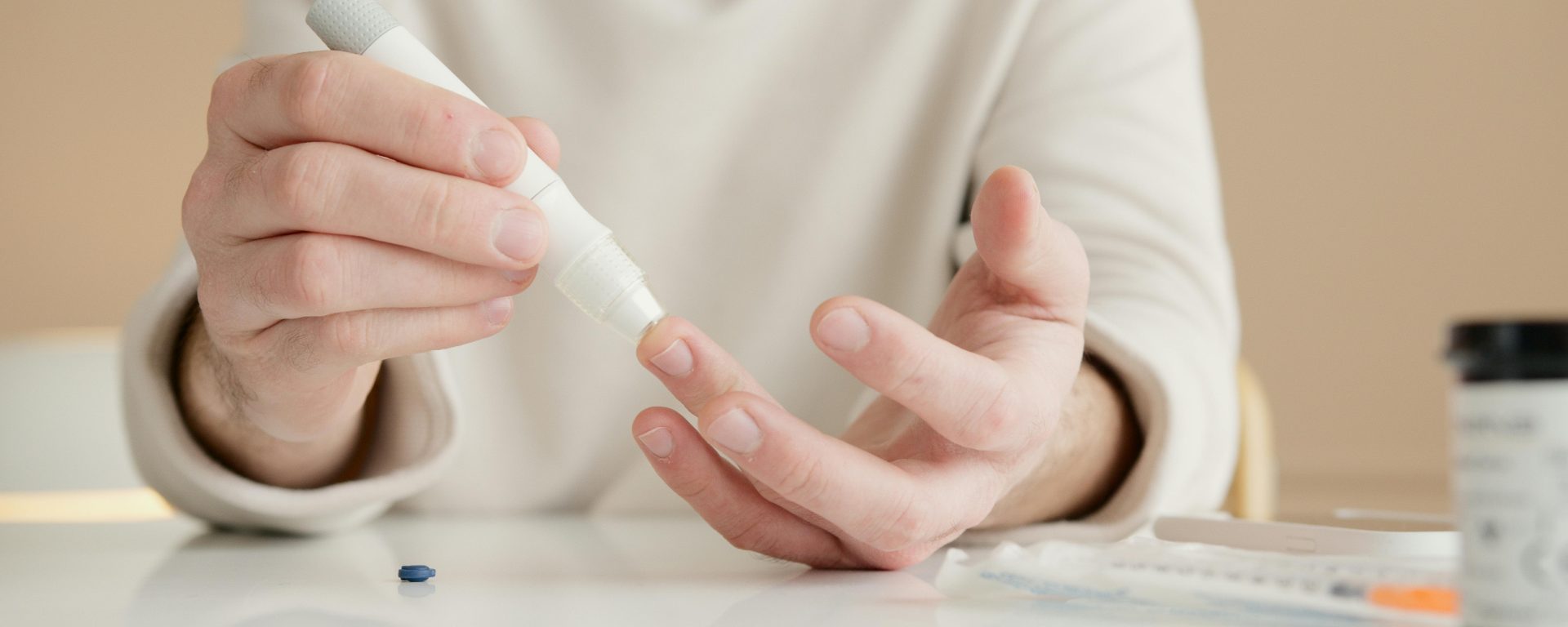In 2009 a pilot study conducted by Ozlem Ulger and colleagues, the effectiveness of phantom limb exercises in mitigating phantom limb pain was investigated. This study aimed to shed light on the potential benefits of incorporating targeted phantom exercises into rehabilitation protocols for traumatic amputees.
The study involved a cohort of 20 traumatic amputees, with ten participants receiving a regimen of phantom exercises alongside prosthetic training, while the remaining ten underwent routine prosthetic training coupled with a general exercise program. Pain intensity was assessed using a 10-centimeter visual analogue scale both before therapy initiation and after four weeks of therapy.
Findings from the study revealed that baseline pain scores on the visual analogue scale were comparable across both groups. However, after four weeks of treatment, a notable decrease in pain intensity was observed in all subjects, irrespective of the treatment protocol. Notably, the group receiving phantom exercises exhibited a statistically significant difference in pain reduction compared to the group undergoing general exercise (p < 0.05).
These preliminary results suggest that incorporating phantom exercises into rehabilitation strategies holds promise in reducing phantom limb pain among lower and upper limb amputees. Despite these encouraging findings, the researchers stress the need for further investigation to validate the efficacy of phantom exercises conclusively.
In summary, this pilot study provides early evidence supporting the effectiveness of phantom limb exercises as a safe and potentially beneficial adjunct therapy for alleviating phantom limb pain. Future research endeavors will be crucial in elucidating the precise mechanisms underlying this therapeutic approach and refining its integration into clinical practice.
Reference: Ülger, Ö. G., Topuz, S., Bayramlar, K. Y., Şener, G., & Erbahceci, F. (2009). Effectiveness of phantom exercises for phantom limb pain: a pilot study. Journal of rehabilitation medicine, 41(7), 582-584.
